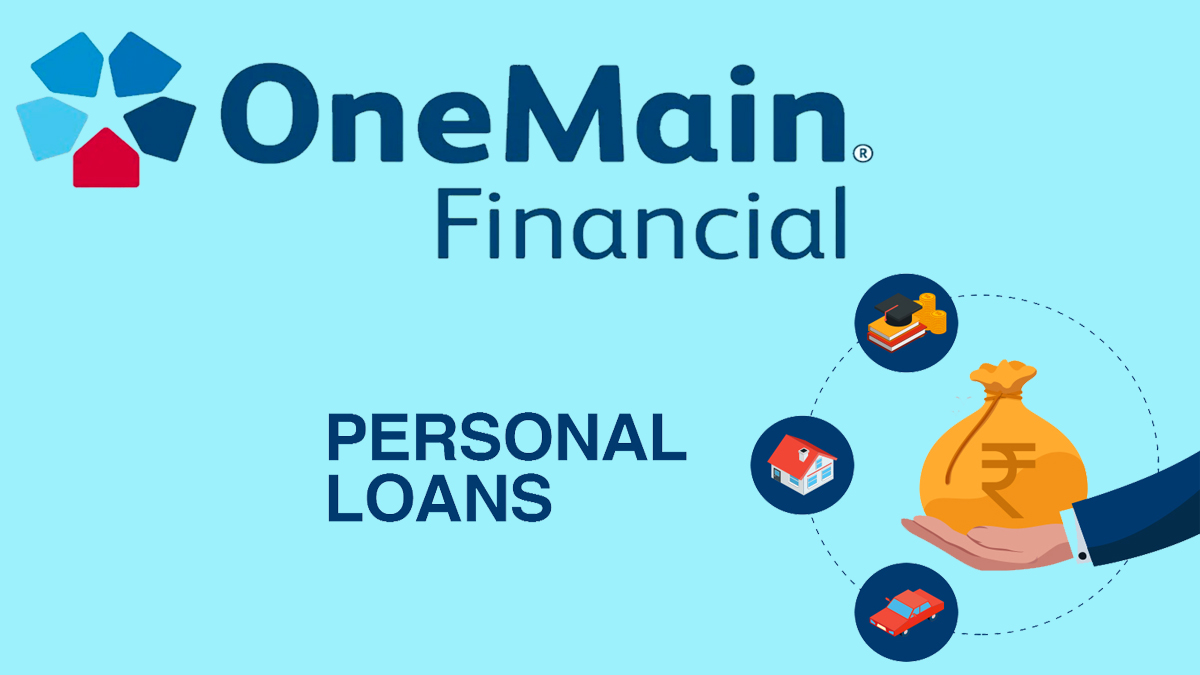A leveraged loan is a special niche in the financial ecosystem that offers a blend of opportunities and challenges that are as compelling as they are complex. It is not your average loan. it is extended to corporations that might not check all the traditional boxes for borrowing due to high levels of existing debt or less-than-stellar credit histories.

What sets a leveraged loan apart is its structure, which is heavily secured by the borrower’s assets, offering a layer of protection to lenders that is not typically found in unsecured forms of lending.
What is a Leveraged Loan?
A leveraged loan represents a form of financing extended to businesses carrying substantial debt levels or possessing below-average credit scores. Additionally, these loans are secured, implying they are supported by the borrower’s assets, encompassing a range from property and stock to machinery. The term “leveraged” denotes the considerable amount of debt incurred by the borrower in comparison to their equity or assets.
How Does It Work?
To understand what a leveraged loan is, here is a breakdown of how it works. A leveraged loan is orchestrated, put together, and managed by one or more commercial or investment banks, known as arrangers. These entities may then distribute the loan through a process called ‘’syndication’’ to other banks or investors, a strategy that helps mitigate the risk for the original lenders.
Defining what constitutes a leveraged loan lacks a universal set of guidelines or criteria. Some participants in the market determine it based on a spread.
Typically, these loans are tied to a floating interest rate, frequently pegged to the Secured Overnight Financing Rate (SOFR), which took over from the London Interbank Offered Rate (LIBOR) as of June 2023, or another standard benchmark, along with a specified spread or Adjustable-Rate Margin (ARM).
Generally, to compensate for the lower trading levels of SOFR compared to LIBOR, the credit spread adjustment adds additional points to the loan’s interest rate.
The designation of a loan as ‘leveraged’ may hinge on the ARM being above a particular threshold. Alternatively, the categorization may depend on the borrower’s credit standing, specifically if the loan is rated below investment grade, denoted as Ba3, BB-, or lower by Moody’s and S&P rating agencies.
Banks engaging in syndicating the loan have the flexibility to modify terms, a practice known as price flex. Should the loan’s demand not meet expectations at the initially set interest rates, the ARM may be increased, a move known as upward flex. On the flip side, if there is high demand for the loan, the spread over SOFR can be reduced, a maneuver referred to as reverse flex.
Pros and Cons
Here are the pros and cons of this type of loan:
Pros
- Access to capital for high-debt or low-credit companies.
- Flexibility in the use of funds.
- Potential for company growth or turnaround.
- Secured by assets, offering some protection to lenders.
- Floating rate can benefit borrowers in a falling interest rate environment.
- Allows for significant corporate actions like acquisitions.
- Can be structured to meet specific borrower needs.
Cons
- Higher interest rates compared to traditional loans.
- Complex and costly transaction structure.
- Increased risk of default.
- Can lead to over-leveraging.
- Asset security can lead to loss of assets on default.
- Floating rate can increase payment amounts if interest rates rise.
- Covenants can restrict company operations.
When is a Leveraged Loan a Good Option?
Here are some of the uses of a leveraged loan and the best times to consider one:
- During corporate restructuring to improve the balance sheet.
- When a company is looking to take advantage of a market opportunity quickly.
- For companies with assets that can be used as collateral but have high levels of debt or lower credit ratings.
- When benefiting from the flexibility of use and repayment terms tailored to the company’s specific situation.
- When a company seeks to finance an acquisition or buyout.
- For refinancing existing high-cost debt.
- To fund growth initiatives when unable to access traditional loans.
How to Get a Leveraged Loan
Here are the basic steps you need to take to secure a leveraged loan from any lender of your preference:
- Assessment: Evaluate the company’s financing needs, creditworthiness, and asset base.
- Advisor engagement: Often, companies will hire financial advisors to structure the deal and negotiate terms.
- Preparation of materials: This includes detailed financial projections, business plans, and collateral information.
- Lender outreach: Approach potential lenders, which can include banks, institutional investors, and private credit funds.
- Negotiation of terms: Work with the lenders to agree on loan amount, interest rate, covenants, and other key terms.
- Syndication process: If the loan is large, the lead arranger might syndicate it to share the risk.
- Closing and funding: Once all parties agree on the terms and the necessary documents have been provided, the loan will be closed and the funds will be disbursed.
Navigating the leveraged loan market requires careful planning and consideration due to the inherent risks and complexities. However, for companies with the right risk profile and strategic needs, leveraged loans can provide a vital source of capital.



